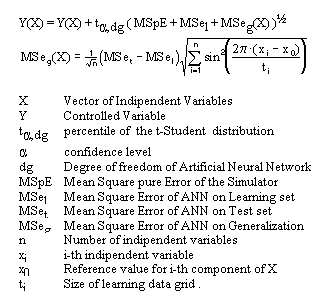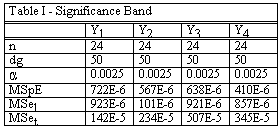Therefore, it was decided to create the learning set starting from the data relative to simulations performed after the mean square pure error of the simulation model had stabilised from a statistical point of view. In this case, different possible alternatives were replicated with the time-warp technique starting from the same initial condition.
This condition corresponds to the time in which a booking is or is not made.
These replications are imposed manually to implement all the possibilities relative to the specific decision that begins the decision process.
An additional complication is introduced by the fact that a simulation must be performed for an interval equal to the reference time frame in order to estimate the performance obtained. In our case, additional choices are inevitable and therefore it is obvious that the decision tree becomes enormous and thus very difficult in terms of calculations to examine all the possible alternatives.
Therefore, it was decided that all the choices following the first one (the learning reference choice) would be made automatically, using the traditional system already implemented in the model and assuming uniform incidence on the different simulations.
To guarantee this situation, several replications were performed for each choice by changing the triggering seeds of the random numbers relative to the aleatory variables inside the simulator.
The number of replications performed was limited to only 5 cases to reduce the experiment time to acceptable terms. In effect, it was considered more satisfactory to replicate the process in a cyclic manner by gradually implementing the new decision system for the sequential choices rather than try to reduce the variance of the results by increasing the experimental tests.
All experiments were carried out starting from the same plant configuration and operating with the same MTBF values (Mean Time between failures) on each component.
The selected learning set consists of 300 experimental tests, the results of which are reported with a two-month time frame (planning time frame).
The time required to obtain each learning data item, using a personal computer, is about three minutes. A set with a similar size was developed to test the network to verify its generalisation capacity.
The significance band relative to this simulation can be expressed with the following formula:

The relative numerical values are reported in the following table.



